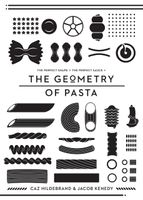🍝 Enjoy the cooking of Italy and save 25% on ckbk Membership 🇮🇹
Orzo/Riso
By Caz Hildebrand and Jacob Kenedy
Published 2010

There is a class of grain-shaped pastina (small pasta), comprising orzo (‘barley’), semi di melone (‘melon seeds’), riso (‘rice’) and risoni (‘big rice’). They are virtually indistinguishable in form and function, all being small, and all being vaguely rice-shaped. Fatter in the middle than most pastina, they take longer to cook and are more substantial. For this reason they are more often served to adults than babies, and the longer cooking time makes the difference between true durum wheat and soft wheat all the more important; low quality, low-gluten brands will become unpleasantly mushy. The classic use of orzo et al. is in soups, but they are also excellent in salads or as pilafs, or for stuffing vegetables as one might with rice. They are popular not only in Italy, but across Europe – especially in Greece and, to a lesser extent, Germany. The pasta absorbs flavours very well owing to the longer cooking time, but its smooth surface and small size means it can’t catch sauce. Because it is so dense, it can support heavier sauces and mop them up as rice might – it could be the best pasta to eat with meatballs.
In this section
Part of
Advertisement
Related Recipes
-
-
-
-
Related Reference
-
-
-
-
Advertisement




